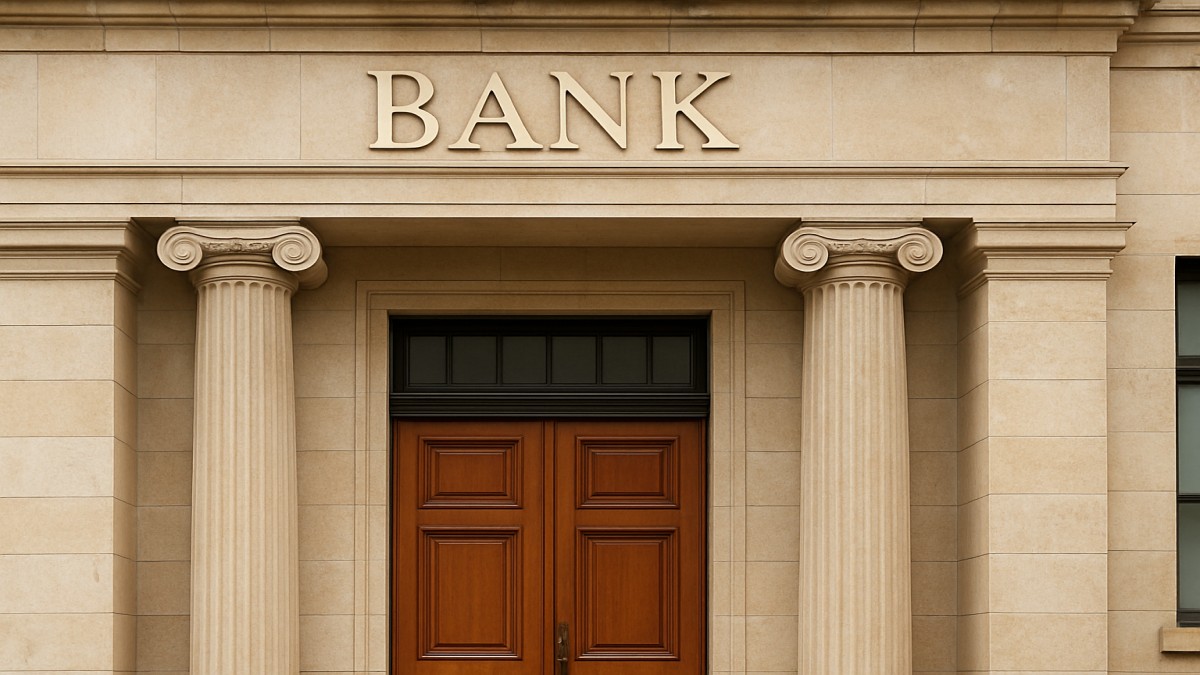Introduction to Traditional Banking
When you think about banking, chances are the image in your head is that of a traditional bank a building with a logo, ATMs outside, and staff ready to assist inside. For centuries, traditional banks have been the cornerstone of global finance. They’ve safeguarded wealth, financed businesses, and enabled economic growth. But with digital banks and fintech startups shaking up the industry, are traditional banks still as relevant as they once were? Let’s explore.
What Defines a Traditional Bank?
Core Characteristics
A traditional bank is a financial institution with physical branches, offering in-person services alongside online options. They provide checking and savings accounts, loans, mortgages, and credit cards while maintaining a strong regulatory presence.
Difference Between Traditional and Digital Banks
Digital banks operate exclusively online, while traditional banks combine physical branch networks with digital services. This blend makes traditional banks attractive to people who still value face-to-face interaction.
The History of Traditional Banks
Early Origins
Banking dates back thousands of years, with ancient civilizations like Mesopotamia engaging in lending practices.
Evolution Over Centuries
From Renaissance Italy’s Medici Bank to London’s Barclays, traditional banks grew into global powerhouses.
The Role of Traditional Banks in Modern Economies
They act as intermediaries, channeling deposits into loans that fuel businesses, governments, and consumers.
How Traditional Banks Operate
Retail Banking Services
Checking accounts, savings accounts, debit cards—these are the bread and butter of retail banking.
Corporate Banking Services
Large businesses rely on banks for lines of credit, treasury management, and international trade financing.
Investment Banking (within traditional structures)
Some traditional banks maintain investment divisions handling IPOs, mergers, and wealth management.
Types of Accounts in Traditional Banks
Checking Accounts
Everyday accounts for deposits, withdrawals, and bill payments.
Savings Accounts
A safe place to grow your money with modest interest rates.
Certificates of Deposit (CDs)
Fixed-term deposits with guaranteed returns.
Business Accounts
Customized accounts for managing company cash flows.
Lending and Credit Services
Personal Loans
Used for everything from medical expenses to weddings.
Mortgages
Traditional banks remain the leading source for home financing.
Business Loans
Banks finance small businesses and major corporations alike.
Credit Cards
Offering rewards, cash back, and revolving credit.
Why People Still Choose Traditional Banks
Trust and Reputation
Generations have relied on these institutions for stability.
Physical Branch Access
Some customers simply prefer walking into a branch for service.
Personalized Customer Service
Face-to-face advice can’t always be replaced by chatbots.
Challenges Faced by Traditional Banks
Competition with Online Banks
FinTech and digital banks lure customers with lower fees and higher interest rates.
Rising Operational Costs
Branches, staff, and regulatory compliance drive up expenses.
Regulatory Pressures
Strict rules ensure stability but add to operational complexity.
Cybersecurity Concerns
Banks remain prime targets for cybercrime.
Technology in Traditional Banking
ATM Networks
ATMs expanded access to money globally in the late 20th century.
Mobile Banking Apps
Even the most conservative banks now offer apps for transactions and transfers.
Integration of AI and Automation
AI chatbots, fraud detection, and predictive analytics are reshaping customer service.
Traditional Bank vs. Credit Union
While traditional banks are for-profit corporations, credit unions are member-owned cooperatives. Credit unions often have lower fees, but traditional banks offer broader services and global reach.
Advantages of Traditional Banks
Accessibility
Branches and ATMs ensure customers can access their money anytime.
Full-Service Offerings
From loans to wealth management, everything is under one roof.
Established Security Standards
Decades of regulatory oversight provide peace of mind.
Disadvantages of Traditional Banks
Higher Fees
Monthly maintenance fees, overdraft fees, and ATM charges add up.
Slower Innovation
Compared to digital-first banks, traditional ones are often slow to adopt new tech.
Limited Flexibility Compared to FinTech
FinTech apps can often offer specialized services faster and cheaper.
Traditional Banks in Rural vs. Urban Areas
In urban centers, branches are everywhere. But in rural areas, bank closures have created financial deserts, pushing residents toward digital solutions or alternative lenders.
Conclusion
Traditional banks may be facing unprecedented competition, but they remain essential pillars of the financial system. Their global networks, regulatory frameworks, and customer trust keep them relevant. As they embrace technology and evolve into hybrid institutions, they will likely continue to coexist alongside digital banks, offering the best of both worlds.
FAQs
Q1: Are traditional banks safer than online banks?
Yes, traditional banks are highly regulated, but both types can be secure when properly managed.
Q2: Why do traditional banks charge more fees?
Their overhead—branches, staff, and compliance—drives up costs.
Q3: Can traditional banks compete with fintech?
Yes, by adopting digital tools and partnering with fintech companies.
Q4: Do traditional banks offer better customer service?
In-person service is a major advantage over digital-only banks.
Q5: Will traditional banks disappear?
Unlikely. They’ll adapt and coexist with digital-first solutions.

 Blog2 months ago
Blog2 months ago
 education2 months ago
education2 months ago
 Blog2 weeks ago
Blog2 weeks ago
 News2 months ago
News2 months ago



















